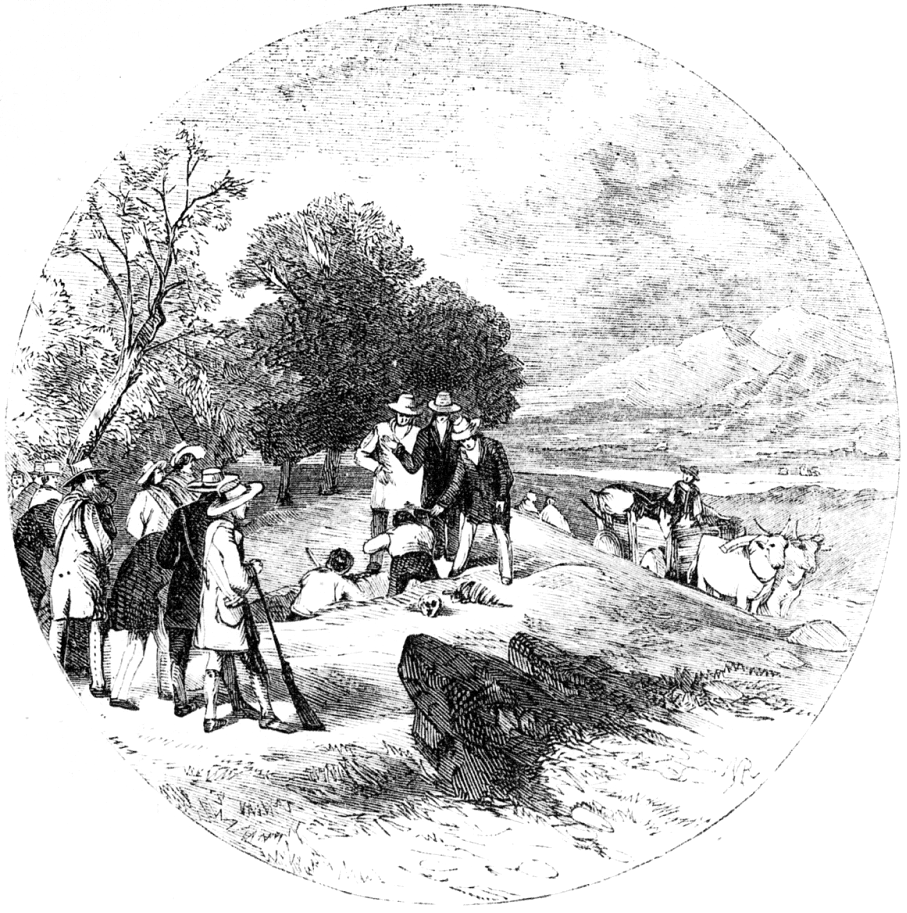Zelph the Lamanite


Who is Zelph the Lamanite?
Joseph Smith[BIO] attributed the name Zelph[BIO] to a skeleton found by a group of men[1] during Zion's Camp.[2] The bones were discovered[3] in a burial mound.[4] The details are fuzzy across conflicting accounts, but two accounts mention Joseph having a vision about Zelph.[5] Though there are conflicting accounts, Zelph was apparently identified as a "white Lamanite"[6] and a warrior[7] who was killed in a battle.[8]
How reliable is the story about Zelph?
Reasonably reliable. There are enough early firsthand accounts[9] to be confident that Joseph and the others found skeletal remains,[10] referred to the remains as Zelph,[11] identified them as being from a "white Lamanite,"[12] and recovered an arrowhead.[13]
After that, early reports start to conflict with one another. Most records mention battles,[14] but only one firsthand source talks about a "last battle."[15] A few accounts also mention an individual named Onandagus (or Omandagus) with some saying Onandagus was a prophet[16] and another saying he was a king.[17]
Did the Church ever make an official account of the episode?
Yes. The Manuscript History of the Church pulled from several of the firsthand records to synthesize a more official story of Zelph.[18] In it, there are several redactions related to Zelph being associated with the last battle of the Nephites and Lamanites in the Book of Mormon.[19] For unknown reasons, a Times and Seasons article printed in 1846 (after Joseph's death) ignored these redactions and printed them anyway.[20]
Doesn’t this story make it seem like Joseph Smith was just making things up?
Maybe. Joseph Smith likely considered all Native Americans "Lamanites,"[21] so finding ancient skeletal remains in a mound and putting them in a Book of Mormon context would be natural.[22]
E. D. Howe,[BIO] an early anti-Mormon author, said that Joseph was just trying to inspire his "troops," so he told a story[23] about Zelph the warrior.[24]
Related Question
Was Joseph Smith tricked by fake gold plates buried as a hoax?
Read more in The Kinderhook Plates
Has there ever been any scientific testing on the mound where Zelph was found?
Yes. Excavations in the 1970s and 1980s by the University of Illinois determined that the mounds date from around 50 BC to 250 AD.[25]
Does this story support the idea that the Book of Mormon took place in North America?
Yes, it could. The Zelph mound is in Pike County, Illinois, in North America.[26] Early Saints held different views about Book of Mormon geography, as do modern scholars.[27] The Church does not take a specific position on Book of Mormon geography.[28]
Does this say something about Joseph's credibility?
Possibly. One could interpret the story as E. D. Howe did, which is that Joseph simply rallied his troops with a made-up story about an ancient warrior.[29] Or one could believe Joseph had some revelatory insight.[30]
- Bret
“I have ancestors from Zion's camp. I had mixed thoughts about the Zelph story for the past 40 years. At first I believed it, then over the years, considered it possibly a story to entertain & help this difficult journey as I guessed the bones were not that old, time to reconsider” - David
“I think another possibility is that while Joseph Smith was a prophet, not everything he did was inspired. He may have gotten carried away in the prophetic impulse and misinterpreted his own excitement and imagination for vision and prophecy.”



 about this topic
about this topic